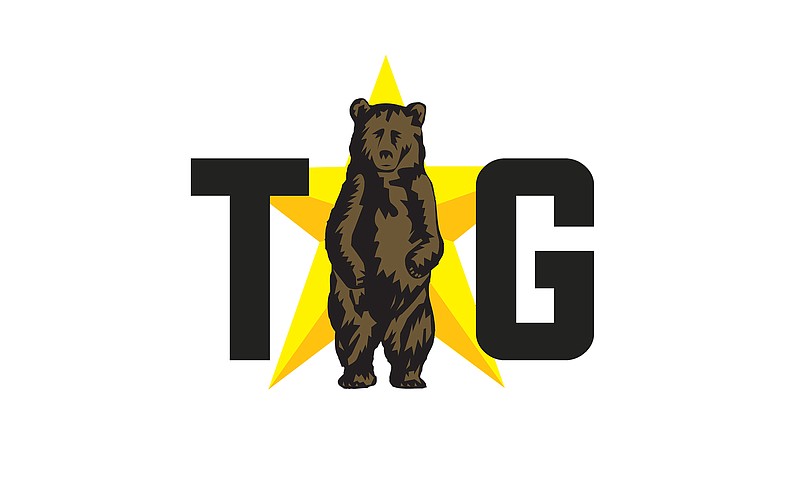When 2020 began the retail industry was anticipating one of its better years with growth rates expected to be around 3.5%. Consumer spending had been holding steady and the country was still enjoying a long economic expansion with low unemployment. Then COVID-19 changed everything overnight. By the end of March, many stores deemed "nonessential" closed as most states issued stay-at-home orders.
The pandemic changed the way many consumers shopped. Consumers had to decide if going into a store was worth the chance of being exposed to the virus. Often, it seemed safer, easier, or more convenient to stay home and order online. Soon many consumers began shopping online, using curbside pickup along with in-store pickup. In a recent survey over 75% of consumers reported using a new shopping behavior since the pandemic began.
In the last eight months, online shopping has grown by 30%. Amazon, the largest ecommerce retailer, representing over 40% of all online shopping, reported record-breaking sales and profits. In the third quarter, Amazon's revenue increased by 37% and recorded its highest profit ever at $6.3 billion compared to $2.1 billion in the same quarter of 2019. Analysts expect online shopping to continue to grow, representing 20% of all retail sales in 2024, excluding gas and auto sales
Retailers quickly adapted to the pandemic by offering a variety of services including online shopping, home delivery, curbside pickup, or pickup in-store. The large retailers that already offered these services saw their online sales skyrocket. Target's online sales nearly tripled during the second quarter and Walmart's online sales doubled.
Curbside pickup became a lifesaver for many brick-and- mortar stores. The Director of Retail Operations at Office Depot described curbside pickup "as the biggest game changer" because it supplemented the pickup in-store service it had offered for years. Smaller retailers without online capabilities began scrambling to offer curbside pickup to customers who phoned in their orders. In the early weeks of the pandemic, even Dick's Sporting Goods had a makeshift sign in its store windows with its phone number listed so customers could place orders for curbside pickup.
By August, 75% of the top 50 store-base retailers in the United States offered curbside pickup. Target reported that its curbside pickup sales grew more than 700% percent in the period ending in July. Best Buy's online sales tripled with 41% of its online revenue coming from curbside or in-store pickup. Analysts expect consumers will continue to use curbside pickup even after the pandemic subsides.
The pandemic was especially hard for the mall stores. In April, retail sales at apparel and clothing stores dropped 89% compared to the previous year as many mall stores were closed or had limited hours. Although many of the stores were already in trouble, the pandemic accelerated trends that began years ago. This year, J.Crew, Neiman Marcus, Stage Stores, JCPenney, and Stein Mart, along with many others filed for bankruptcy protection. The ones that survive bankruptcy will undoubtedly have fewer stores. GAP announced plans to close 350 of its stores and Bed Bath and Beyond plans to close 200 stores. It is not just the mall stores that are hurting, many of the regional malls have lost their anchor stores such as Sears and JCPenney and are struggling to survive. Barclays predicts 15% to 17% of US malls will need to be redeveloped.
One of the more encouraging trends in retail to come out of the pandemic is the desire by consumers to support local independently-owned businesses. Consumers understand how difficult the pandemic has been for small businesses. In a recent survey, 46% of consumers said they specifically seek out local businesses when they shop. Since many small retailers have limited resources their very survival depends upon the communities they serve. Last month the owner of the Strand, a bookstore in Manhattan, reached out on social media asking for help. The store's revenues were down 70% because of the pandemic. The community responded with overwhelming support and ordered 10,000 books in one day, crashing its website.
This year total retail sales are expected to be flat instead of the predicted 3.5% growth rate. Many analysts think it may be 2022 before life gets back to "normal". One thing that is certain is that consumers have changed the way they shop during the pandemic. Many consumers experimented with online shopping for the first time and may prefer the convenience over shopping in stores. Only time will tell if consumers will keep their new shopping habits or return to their previous shopping behavior once the pandemic subsides.

